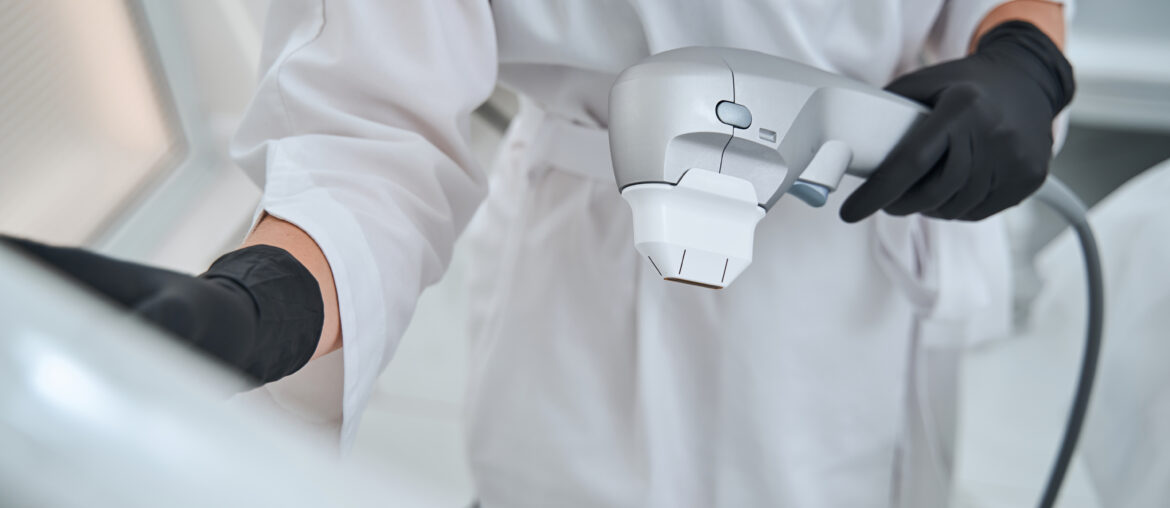The UK government has issued proposals for a new licensing regime for currently unregulated cosmetic procedures whilst also intending to classify and regulate certain cosmetic products such as dermal fillers as medical devices.
The government has brought forward an amendment to the Health and Care Act 2022 that gives the Secretary of State for Health and Social Care the power to bring into force a licensing scheme in England for non-surgical cosmetic procedures. The purpose of the scheme is to ensure that consumers who choose to undergo a higher risk non-surgical cosmetic procedure can be confident that the treatment they receive is safe and of a high standard.
The current regulatory framework places few restrictions on who can perform non-surgical cosmetic procedures with no minimum age for customers, no stipulations on training requirements or premises, and the government is concerned about this lack of regulation and the potential dangers this poses to the public; they have described a very mixed playing field with some practitioners operating to the highest standards of best practice in competition with others with low levels of competence and lacking proper training.
Under the proposals, a new licensing scheme is to be introduced for procedures identified as presenting a risk to the public and which comprise two interlinked components: a practitioner licence and a premises licence. The scheme would be administered and enforced by local authorities and will make it an offence for an individual to carry out non-surgical cosmetic procedures without a licence.
Cosmetic procedures are to be categorised into three tiers according to their risks, taking into account the level of complexity and degree of invasiveness, as well as potential complications:
- Red: For procedures in the red higher risk category, it is proposed that practitioners would be restricted to qualified and regulated healthcare professionals only, who would undertake these procedures under the existing but expanded CQC regulation, from CQC registered premises. (It is further proposed that any procedure that requires a prescription-only medicine (POM) must, at the very least, be overseen by a qualified and regulated healthcare professional, e.g. injectable toxins or lidocaine for anaesthetic purposes.)
- Amber & Green: It is procedures in the amber and green categories with medium and low risk of complications that would be brought into the new cosmetic procedure licensing regime.
The government has asked stakeholders’ view in a consultation which ran from 2 September to 28 October 2023 against a backdrop of complaints about non-surgical cosmetic treatments continuing to rise. Save Face, a national register of accredited practitioners who campaign for improved safety standards, said it received 2,824 complaints last year regarding unregistered practitioners. The figures, which cover reported complications from treatments, among other issues, are up from 2,436 in 2021 and 2,083 in 2020.
Now that the consultation is over the government is planning to work with expert groups on the elements that will underpin the licensing scheme, including education and training standards, insurance, infection control and hygiene qualifications and a fees model before finalising the regulations and implementing the licensing scheme. We anticipate there will be a set lead in time or a transitionary period before the licensing scheme is in full operation across England. More information about the scheme is available here.
In addition to the proposed new licencing regime, the aesthetics sector will also have to overcome another regulatory hurdle, as the UK’s medicines and medical devices regulator, the Medicines and Healthcare products Regulatory Agency (MHRA), intends to broaden the scope of the UK medical devices regime to capture more products, some of which are currently cosmetics. As part of the government’s plans for the post-Brexit future of medical devices regulation in the UK, the MHRA wishes to broaden the scope of medical devices to cover products for which a manufacturer claims only an aesthetic or another non-medical purpose, but which are similar to medical devices in terms of their functioning and risk profile, despite having no medical purpose. Coloured contact lenses, dermal fillers and other implantables are among the products likely to be regulated as medical devices under the new regime (dermal fillers are expected to become Class III medical devices). As newly regulated medical devices, this suite of products will consequently be subject to far more stringent regulation on the UK market throughout the lifecycle of the product with additional requirements applying from the stage of manufacturing all the way to post market surveillance. More information can be found in ’Chapter 1 – Scope of the Regulations’ of the government response to the consultation on the future regulation of medical devices in the United Kingdom.
Whilst the ethos behind the proposals is to be welcomed as a very positive step in introducing a stricter regulatory regime over what is a fast growing and fast evolving sector, it will be critical for aesthetics clinics and companies to understand the detail of the proposals as they are refined.
For more information or analysis on the impact of the proposals for operators in the aesthetics sector, please talk to Julia Gillert and Elina Angeloudi from our London office.




